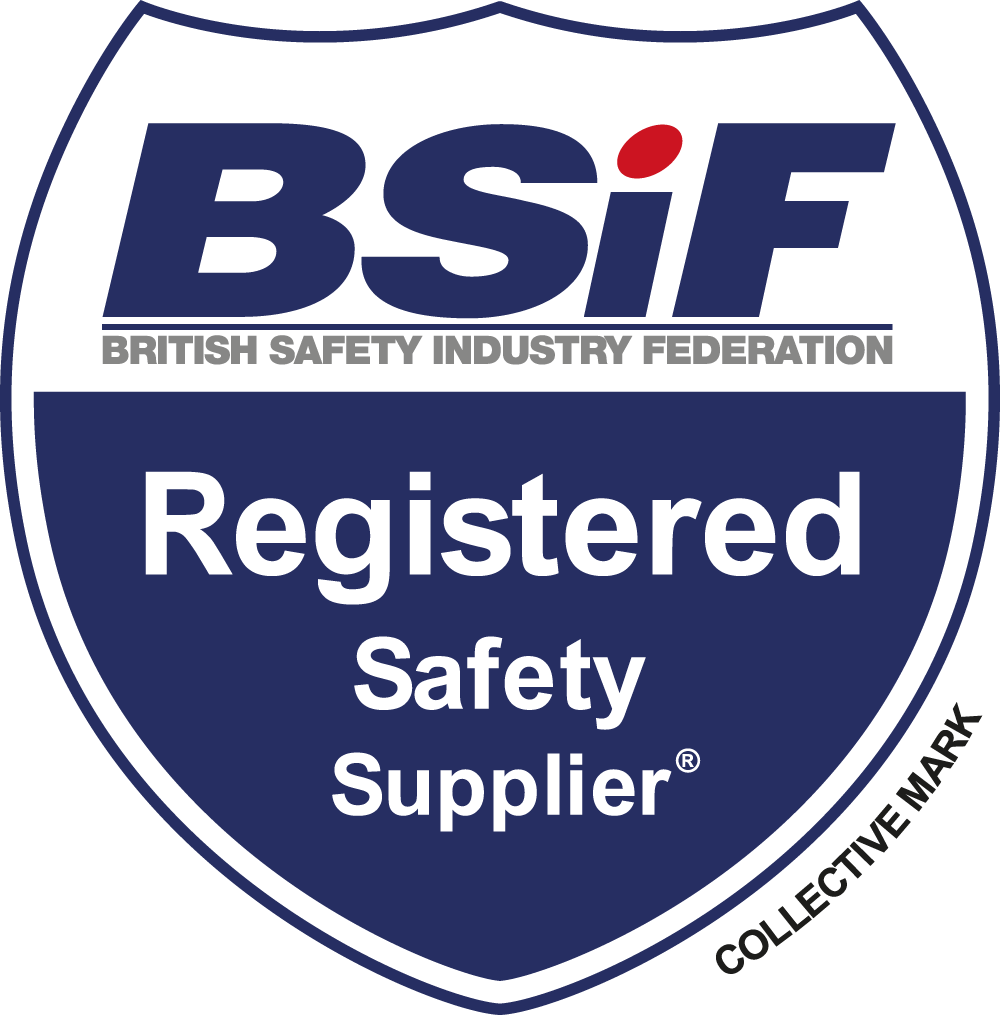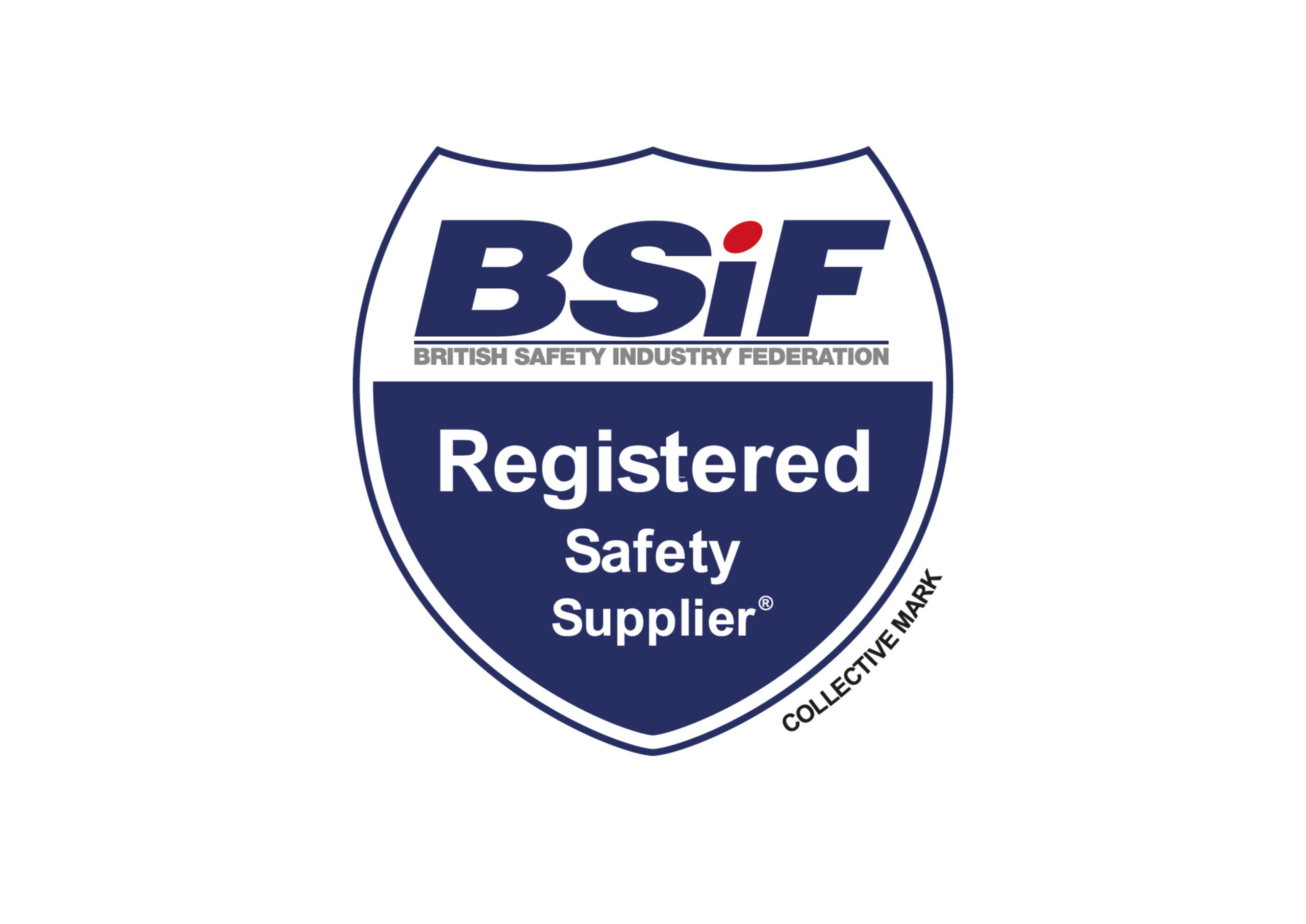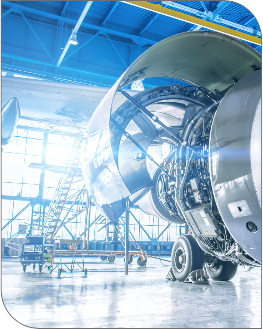If you store, handle, or transport liquids, it is vital that you have a robust response procedure in place to manage spills. Poor management of a spill can have serious and devastating consequences on people, the environment and your business. As part of your business response you may decide to acquire emergency spill kits along with other equipment, so you can be certain you are prepared should a spill or leak occur. Spill kits vary but essentially contain key components which will result in you being able to control and manage a spill on site. They are convenient, and reduce the stress of sourcing a range of products when faced with an emergency situation. They should be easy to carry, or on wheels to ensure you can easily manoeuvre them closer to a spill incident, resulting in a quicker response time.
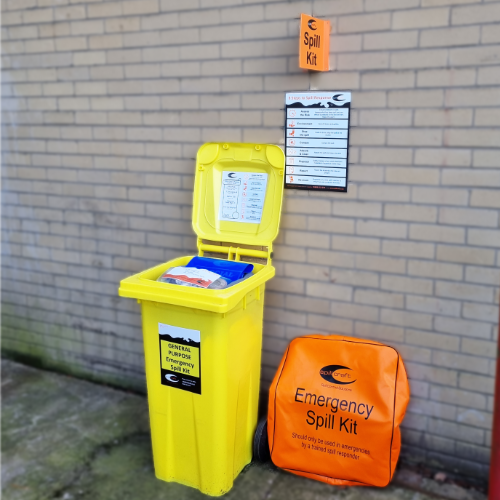
What is a spill kit?
Spill kits contiain a range of sorbents, PPE and equipment to ensure unexpected spills are managed quickly and efficiently. Spill kits are a cost-effective solution to protecting your employees, workplace, customers and the environment from unexpected spills. We recommend you think of a spill kit much like a fire extinguisher for spill control. It is there for emergencies if you need it and should always be re-stocked in case of future incidents.
Spill kits are available in a range of sizes, from smaller grab bags suitable for small spillages, to wheelie bin spill kits, which contain more absorbents capable of absorbing upto 360ltrs. For larger sites we also have a larger wheeled spill kit capable of managing spills of upto 1000ltrs.
As well as different sizes you will also need to consider what liquids you need your spill kit to absorb and the situations that may occur.
Spill kits are available for 3 main categories of fluid; chemicals, oils and fuels, and general purpose spills. You need to understand which type of fluid poses a risk of spilling as the absorbents within each spill kit are colour coded to industry standard colours, to help you ensure you have the correct type of absorbent for your emergency. The most common types of spill kits include:
General Purpose spill kits
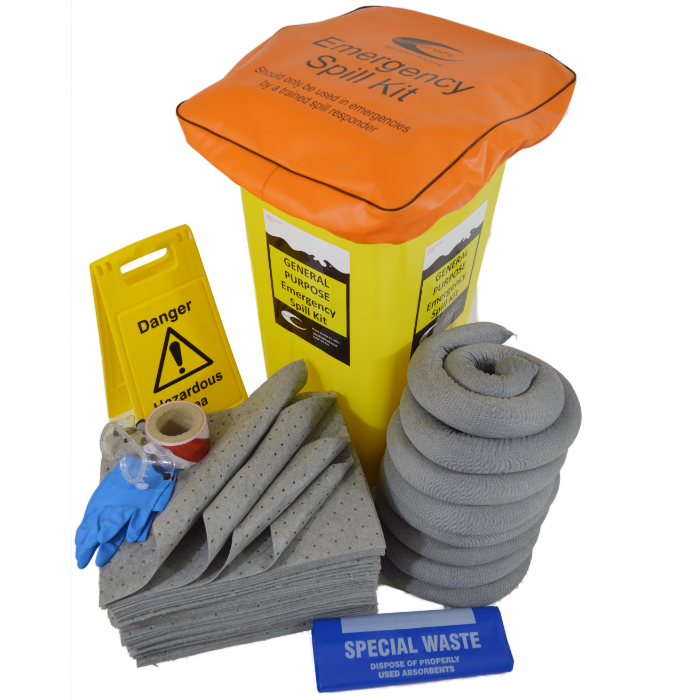
Grey absorbents
Used for cleaning up non-aggressive or non-hazardous liquid spills, including water.
Also referred to as maintenance spill kits or universal spill kits
Oil and Fuel spill kits
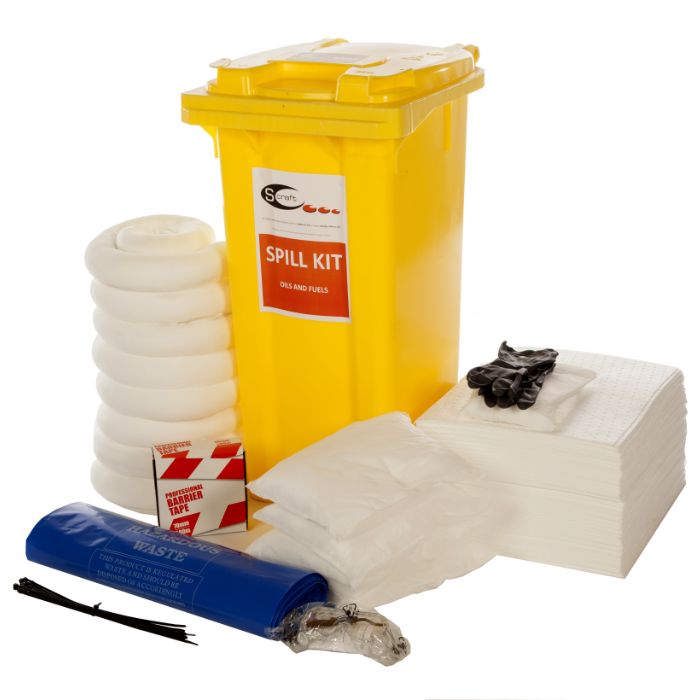
White absorbents (Hydrophobic)
Used for the clean up of grease and oil-based liquids. The items in this kit are hydrophobic which means they absorb oils and fuels and repel water. These kits are ideal if you need to absorb oil from the waters surface.
Chemical spill kits
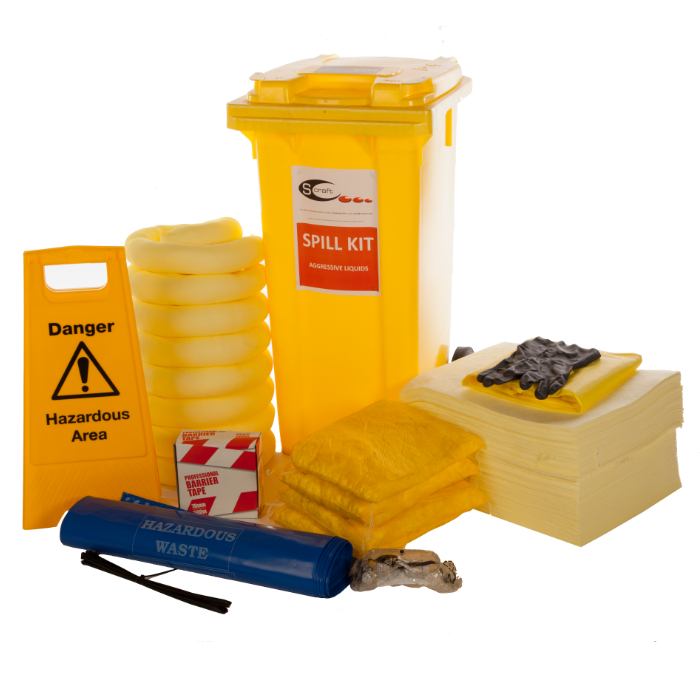
Yellow absorbents
Used for cleaning up aggressive or hazardous substances. Highly visible these yellow absorbents are industry standard colours, raising awareness of a potential hazard so caution should be exercised, including the appropriate use of PPE
Spills can have a devastating impact if they are not dealt with efficiently, so it is vital you and your business are prepared for an emergency spill. Spills and leaks can happen from any area in your business where liquids are stored, used or being transported. A thorough risk assessment of your site would highlight any areas where a possible spill could take place, and a response plan needs to be addressed, to prevent it escalating into a more serious incident.
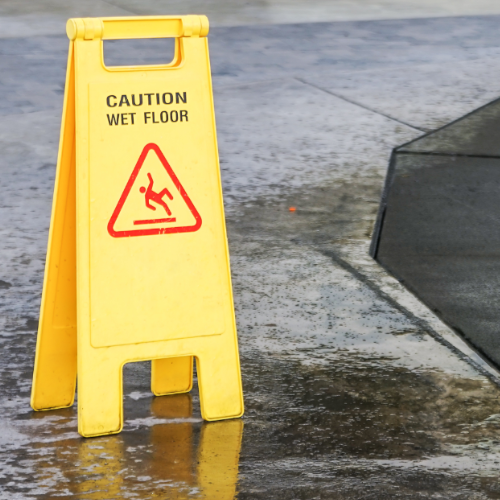
When would I need to use a spill kit?
Often referred to as emergency spill kits, spill kits should only be used to clean up emergency spills. If you encounter regular spills or process leaks, a spill station would be recommended for your business.
Spill kits should be located near potential spill hazards, and you should make sure you have the correct type of spill kit to effectively absorb and clean the liquid that has spilled.
If you encounter a spill and decide to use your spill kit but the spillage becomes too complex or enters the waterways you must raise the alarm so others can help you. You must also alert the relevant authorities if a spill poses a risk to the environment as quickly as possible.
Spill kit contents
Your spill kit contents depends on your industry and the liquids you come into contact with. You need to ensure your spill kit is compatible with the liquids you are using. Please remember oil (white) absorbents will repel water so are ideal for clearing spills on bodies of water, but would not be suitable for a water based spill.
A typical spill kit should contain:
1) A waterproof container. This could be a wheeled bin, vinyl bag or container. Your spill kit container needs to be clearly labelled, and easily accessible in case of emergency. Your spill kit must always contain a full supply of the rest of your spill kit contents and be regularly audited and tagged.
2) Personal protective equipment (PPE): This should be appropriate for the potential spill and may include items such as coveralls, gloves, and googles. PPE should be on top of other products within the spill kit to ensure you have easy access to it and can utilise it quickly, to protect yourself before attempting to clean the spill.
3) Absorbent socks: these are flexible tubes made from absorbent material that you should put on the ground, down flow of the spill, to contain it. Be sure your absorbent socks are compatible with the substances you are using.
4) Absorbent pads/mats: placing absorbent pads over the body of the spill will help to soak up the excess liquid.
5) Disposal bags and ties: when you have absorbed the spill, you should collect the used absorbent products in hazardous waste disposal bags. The disposable bags should be suitably tied and labelled and disposed of carefully, within guidelines.
Additional items can be purchased as part of your spill control plan, such as drain protection and signage. Drain covers are important to prevent the spill from reaching any areas that could spread the liquid and escalate the incident further. These are recommended to be stored in a weatherproof wall mounted holder near to your drain, for quick deployment.
Signage can also be added to your spill kit. Sign posting a spill kits location and how to use it, gives employees confidence and reassurance they can manage an emergency situation.
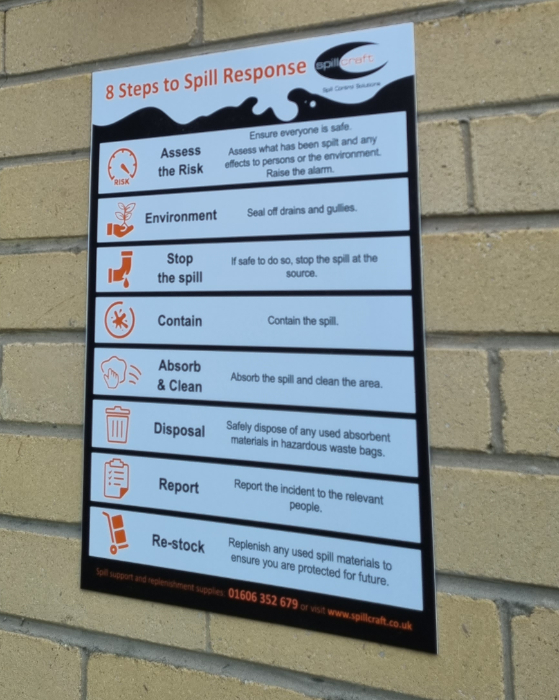
Spill Kit frequently asked questions
I have small spills on a regular basis; do I need a spill kit?
If spills are a regular occurrence that cannot be avoided, we would recommend a spill station rather than a spill kit. Spill kits should only be utilised in an emergency and stock should be replenished after the incident has been dealt with. If you regularly use spill kits for small spills, when a larger spill occurs, there could be an insufficient number of absorbents left to effectively deal with the spill.
How do I use a spill kit?
Spill kits should be kept in a clear and well signposted location, which can be easily accessed in an emergency. You should ensure there is a procedure in place should a spill occur, as well as informing employees of the process they should follow to clean it up. Signage is available and recommended detailig the steps that should be followed, to ensure a safe and effective clean.
Spill kits are designed to be easy to use, however it is recommended responders undergo spill response training so they are aware of how to deploy a spill kit effectively to protect people and the environment. Training will also teach responders how to effectively use their spill kit contents and use absorbents effectively, often reducing the number used.
As with fire extinguishers, if an emergency was to occur and there are no trained spill responders available a spill kit should be utilised if its safe to do so. If anyone is unsure or feels the situation isn’t safe you must raise the alarm.
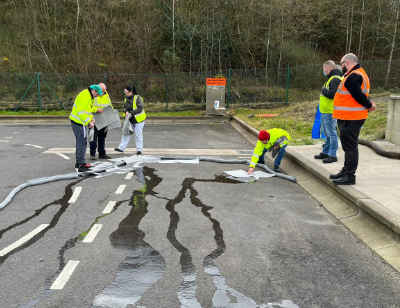
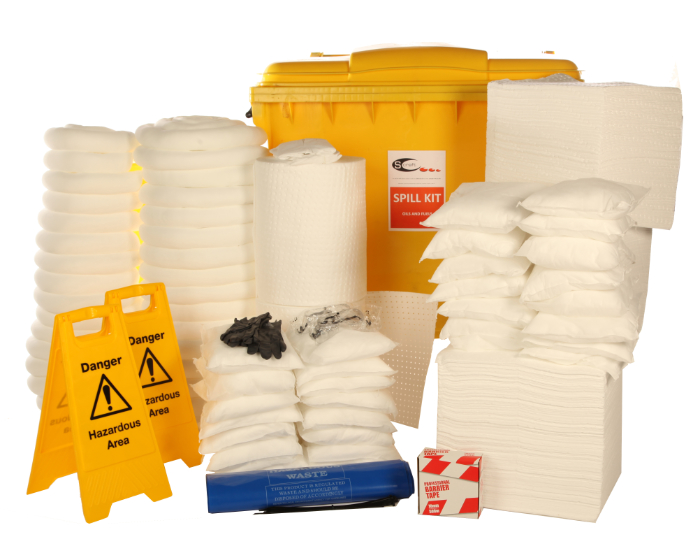
How big does a spill kit need to be?
This depends on a number of factors but spill kits are usually supplied in sizes based on the capabilities of the absorbents within it. For example a 50 Litre spill kit contains absorbents capable of absorbing 50 litres of standard fluid. You need to consider the viscosity of the liquid you are absorbing as 50 litres of water is very different to 50 litres of emulsion paint so this will impact the absorbency capacity.
Spill kits are supplied in sizes as a guide, so you can ensure you have you a spill kit to cover an area of your business if a spill was to occur. If you had an IBC which holds 1000 litres, you wouldn’t select a 50litre grab bag, and vice versa.
For businesses which use multiple small 10 litre containers a 50 litre grab bag or a 120 litre spill kit bin would be recommended.
In situations where you could be dealing with a mass release of 1000s of litres, it would be essential to contain the spill. The spill kit would need to be deployed to contain the liquid and protect the drains. Once under control and depending on the quantity of liquid you could utilise absorbents or recover the retained liquid via pump.
Remember a spill kit is only effective for a quantity of liquid if its complete. If spill kits are utilised regularly for non emergencies or not replenished regularly and audited this could be detrimental if a spill emergency was to occur
If you need help understanding the spill risks around your premises, our free site survey will highlight these risks to you, and make recommendations for solutions.
Do I need to report spills?
Your business process should be clear on the spill response process in place. This may include reporting a spill internally to the Health and Safety Manager. If further escalation is required, such as liquids unintentionally entering a drain, or a person has been harmed these should be written procedures with a specific person responsible for following it through, with the environment agency or health and safety executive.
Any spill kit usage should also be reported internally to ensure the kit can be checked and replenished as quickly as possible.
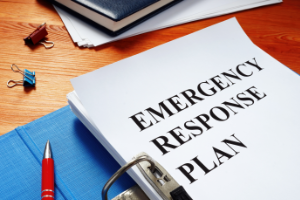
Why are there different types of Spill Kit?
Spill kits vary in several ways and come in many sizes depending on how much equipment is needed. There are different types of spill kit available to ensure you have the most effective equipment available to you. Spill absorbents are also colour coded to ensure you have the correct type of absorbent for the liquids used such as chemical, oils or general non hazardous liquids, so consideration should be taken to ensure you obtain the correct kit for your needs.
There are also specialised spill kits such as bodily fluids, battery acids, marine kits, paint spill kits and more. All of these kits have been designed to control and clean a spill emergency, some are more flexible and can absorb a range of fluids where as others are more specific if certain absorbents or disposal methods are required.
Spill Kits can often be adapted to a businesses individual needs, for example drain protection could be added, or alternative PPE included if there is a requirement for it.
How often should spill kits be checked?
You should include regular audits of your spill kits within your spill control plan. We also recommend audit tags so that once kits have been checked they can be tagged so everyone can see they are complete and have been checked. Spill kit audits can be time consuming but Spillcraft can help with our scheduled audits to suit your business.
We have spill equipment on site but I am not sure if it is correct?
Often spill response plans are in place, but are rarely updated or checked. We appreciate health and safety officers are busy but spill kits and procedures should be regularly monitored to ensure they remain effective. Just because you have a spill kit on site, doesn’t mean it contains the equipment you need. If you are unsure what equipment you need, or if the response plan you have in place is effective, contact us. We can provide a free site assessment to talk you through the equipment you should have, in the places where there are potential risks, and advise on the training and maintenance your business should be actioning for your spill response plan.
We appreciate Health and Safety officers have a lot of responsibilities in the workplace and time is often limited. Spillcraft are here to help, whether you are looking for advice on the spill control required on your site, training, or a managed replenishment service, we are available to help take some of the pressure away.
Call: 01606 352 679 | Email: sales@spillcraft.co.uk
Spill Training | Site Surveys | Managed Spill360 Programme | Spill Kits


